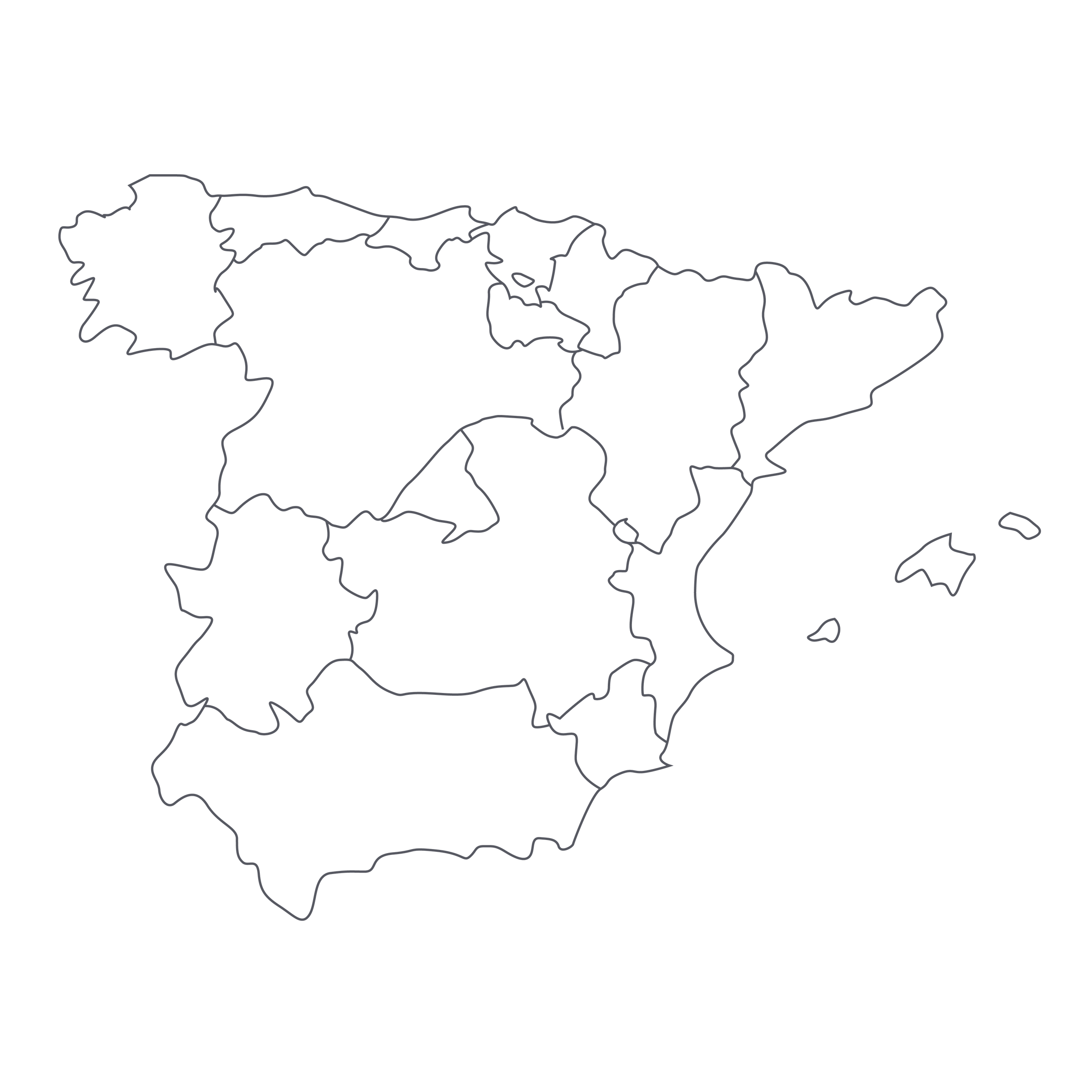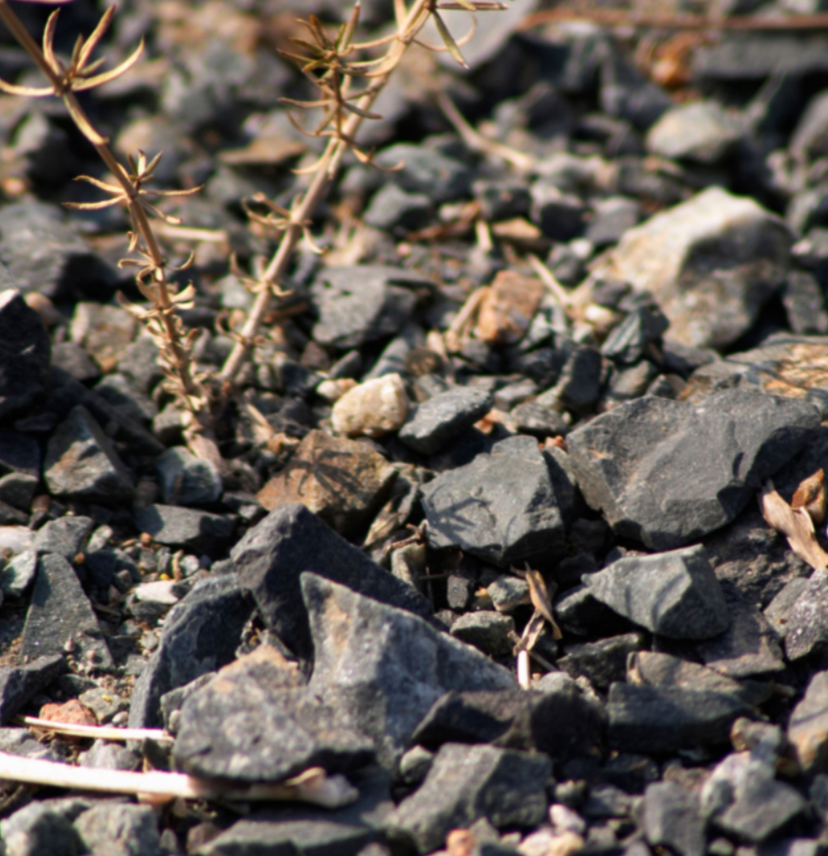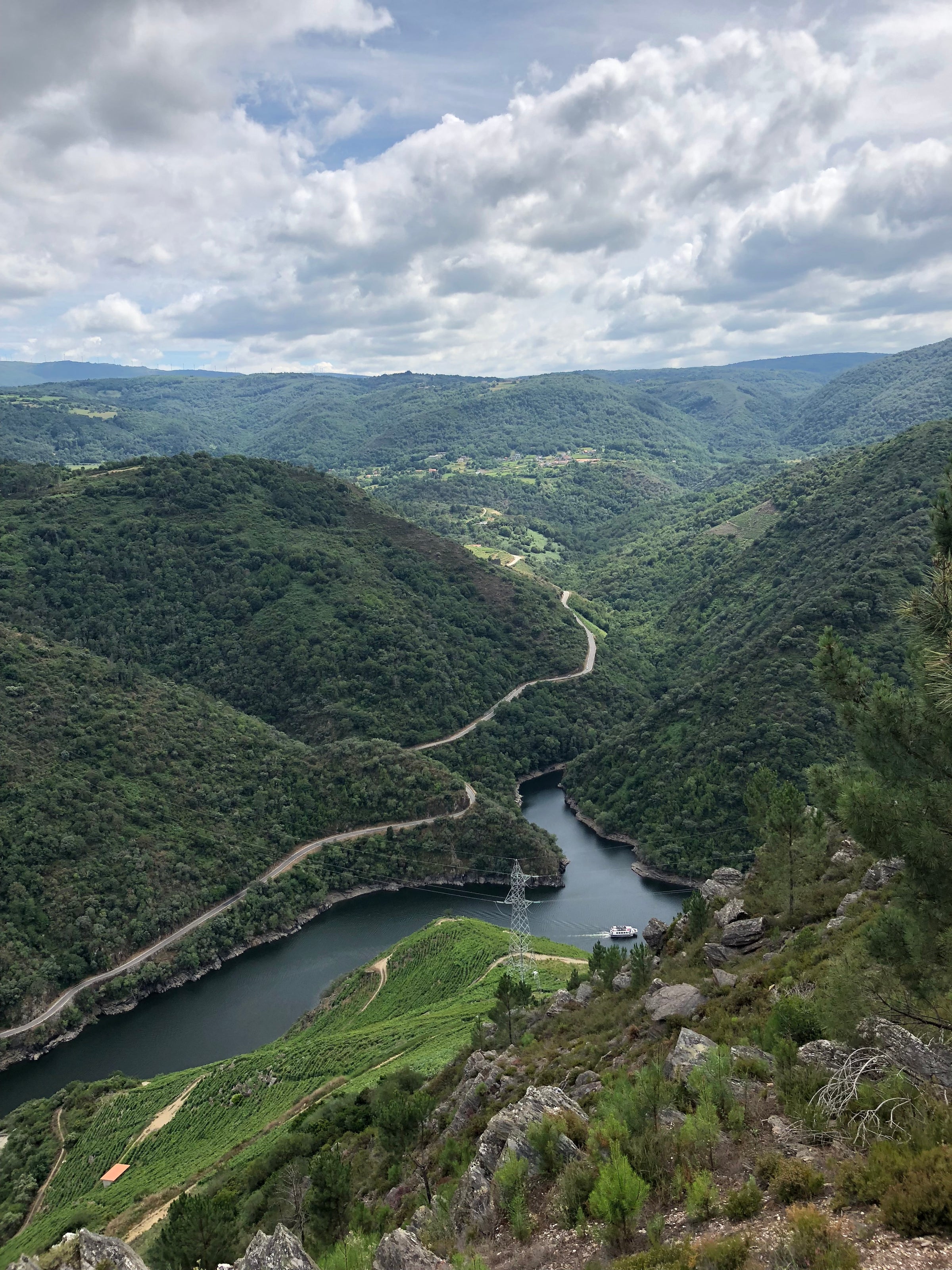There are old vines, and then there are
old vines: The definition is fluid to begin with (how old is “old,” exactly?), but what’s implied by the term is that the wine it produces will be deeper, more profound (kind of like people). Rioja stalwart Conde de Hervías doesn’t just have old vines, they have ‘heritage’ vines—you might even say ‘original’ vines. One of their vineyards, “Las Arenillas,” is one of the most essential sites in the entire Rioja region: Well over a century old, it survived the phylloxera epidemic of the late 1800s and its cuttings were heavily used in the aftermath to replant Rioja.
Look at any bottle of Rioja on the shelf and there’s a chance the root source for those vines originated in this very vineyard. Even today, owner Íñigo Manso de Zúñiga Ugartechea has producers rapping on his door, asking for a cutting from this historic site and, still, he gladly shares; I can hardly think of a better example of camaraderie in the wine world. But “Las Arenillas” is only one of three vineyards used in today’s “Trinidad” bottling (hence the name). The other two, “Romero” and “Llano Alto,” are a bit more sprightly at 40 and 60 years old, respectively. Each of these vineyards lie on unique terroirs within the sub-region of Rioja Alta, so when Íñigo ingeniously decided to blend them together, along with the subtle influence of French and American barrels, it instantly became one of the greatest expressions of decidedly fresh, complex, and polished Riojas on the market. For the price, you can hardly select a more important (it’s both region-defining and region-saving) and unabashedly delicious bottle of wine. This is where the slow-building power of Tempranillo meets Burgundian refinement, beautifully reflecting the special sites it is selected from.
Íñigo and his wife, Yolanda, organically farm several heritage vineyard sites throughout the small Riojan town of Torremontalbo. They mostly work with old vines, allowing nature to take its course, but their pride and joy comes from the gnarled, tree-trunked vines that were planted prior to the devastation of phylloxera in the late 19th century. This specific vineyard is one of the prime reasons Conde de Hervías occupies such a special place in Rioja’s heart—without it, Rioja wouldn’t be the same! The estate, too, comes with “a bit” of history: It was originally built in the 1200s, but with its central location (to their special vineyards and the Ebro River) they wouldn’t dream of operating anywhere else. “Trinidad del Conde de Hervías” is farmed organically and each harvest is carefully monitored, making sure the grapes acidity and ripeness are in perfect harmony. After arriving at the winery, the crop is de-stemmed and fermentation occurs in stainless steel tanks. Íñigo ages his wine for one year in equal parts neutral American and French oak—the latter more than likely influenced by his time studying enology at the University of Bordeaux, where, according to their importer, he learned “to respect balance and restraint over power and concentration.”
“Trinidad del Conde de Hervías” reveals an opaque crimson-ruby core leading out to a bright ruby rim. The wine is a perfect blend of new and old, preserving everything that put classic Rioja on the map while eschewing the “mellowness” or oxidative qualities of ultra-traditional Rioja. It erupts with black currants, cherries, vanilla, coconut shavings, sweet and sour plums, black raspberry, fresh herbs, licorice, sandalwood, star anise, leather, smoke, forest floor, and sweet baking spices. The wine is medium-full and graces your mouth with silky, multi-textural waves of dark berry fruit and crushed earth components. It finishes sonorous and long, oozing polish and precision each step of the way. This recalls the luxury of La Rioja Alta’s wines with a skilled touch of modernity, and at this price it’s hard to say which one is better, but why even choose between two elite bottles? I see this aging effortlessly over the next decade—at five years old, it hasn’t lost an ounce of freshness—but it is certainly ready to be enjoyed now. Just decant for 60 minutes and serve in large Bordeaux stems next to a beautiful presentation of rabbit paella. After a bit of food sourcing and preparation, it’ll all be worth it once experiencing the gastronomic one-two punch of paella and stellar Rioja. Cheers!





